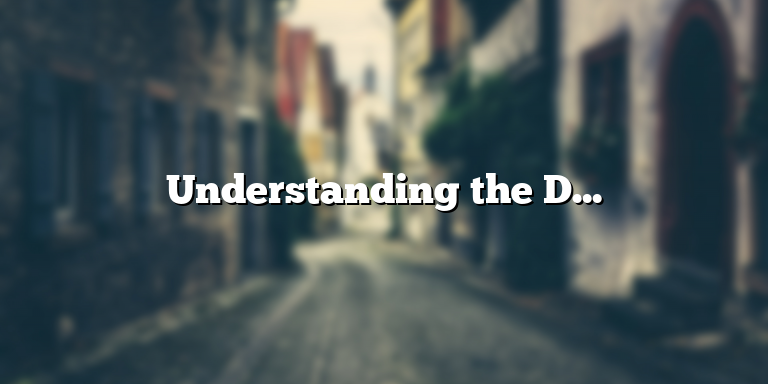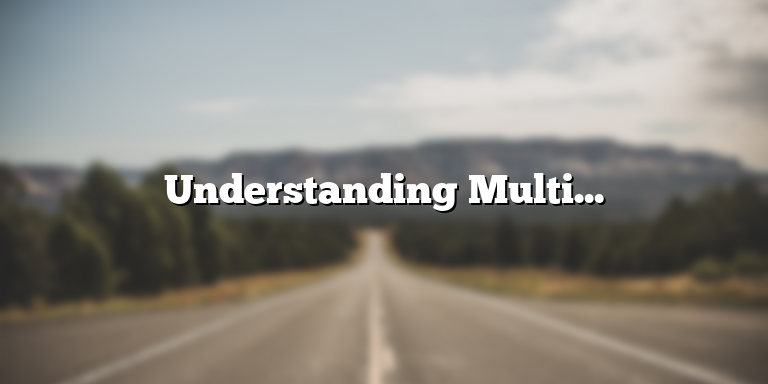
Introduction
Media bias is one of the most enduring and debated phenomena in modern communication. It occurs when news outlets and journalists present information in a way that reflects partiality—whether intentionally or unintentionally—toward a particular perspective, ideology, or political stance. This bias can take many forms, such as selective story coverage, emotionally charged language, and sensationalized headlines. While media bias can distort public understanding of events, it also challenges audiences to approach the news with greater critical awareness and media literacy.
What Is Media Bias?
At its core, media bias refers to the inclination of media organizations to present news in a way that supports certain beliefs or viewpoints. It can result from the personal convictions of journalists, the political or financial interests of media owners, or the influence of advertisers. Bias can also emerge unconsciously, shaped by cultural norms or professional routines that prioritize certain narratives over others.
Historically, no media outlet has been entirely free from bias. Every newsroom operates within specific social, economic, and ideological contexts that shape how stories are chosen and told. However, the rise of digital platforms and social media has amplified the visibility of media bias, creating an environment where misinformation and polarization can spread rapidly.
Types of Media Bias
Recognizing the different forms of media bias is the first step toward understanding its effects. The following are among the most common:
1. Bias by Omission
This form of bias occurs when a news outlet withholds certain information or fails to report relevant facts about an issue. Omission can occur intentionally—such as ignoring stories that contradict a preferred narrative—or unintentionally, due to limited resources or oversight. The result is an incomplete picture that can mislead audiences.
2. Bias by Selection of Sources
Media outlets often choose sources that support their preferred interpretation of events while excluding dissenting voices. This selective process can distort the balance of coverage, creating the illusion of consensus where none exists. For example, quoting only one political party’s spokesperson on a contentious issue can subtly shape public perception.
3. Bias by Framing
Framing refers to the way information is structured and presented. The same event can appear drastically different depending on how it is framed—whether the emphasis is on conflict, morality, or responsibility. This kind of bias can lead audiences to interpret events through a narrow or predetermined lens.
4. Political Bias
Political bias arises when news organizations explicitly or implicitly favor one political ideology, party, or candidate. This can be seen in editorial tone, word choice, or story selection. Political bias often contributes to the growing polarization of societies, as audiences gravitate toward outlets that affirm their beliefs.
5. Commercial and Corporate Bias
Commercial bias stems from the financial pressures of the media industry. News organizations dependent on advertisers or corporate owners may downplay or avoid stories that could harm commercial interests. This prioritization of profitability over public interest compromises journalistic integrity and transparency.
6. Sensationalism
Sensationalism is one of the most recognizable forms of bias. It involves exaggerating or dramatizing stories to attract audience attention. While sensationalism boosts viewership and clicks, it often sacrifices accuracy and depth, turning serious journalism into entertainment.
7. Cultural Bias
Cultural bias reflects the values and assumptions of the dominant culture within which media operates. It may marginalize minority groups, reinforce stereotypes, or overlook culturally diverse perspectives. This type of bias underscores the need for more inclusive journalism that represents a wider range of voices.
Causes of Media Bias
Several structural and human factors contribute to the persistence of media bias. These include:
-
Personal and Political Beliefs of Journalists
Reporters, like all individuals, possess beliefs and values that can influence how they interpret and present information. Even with professional training, unconscious bias can slip into reporting. -
Influence of Media Ownership and Advertisers
Ownership structures shape newsroom priorities. Large corporations or politically motivated owners may exert pressure on editors to avoid certain topics or to frame stories in ways that align with their interests. -
Competition for Attention
In the digital era, where clicks and engagement translate into revenue, media outlets often prioritize stories that attract attention—sometimes at the cost of accuracy. This competition can foster sensationalism and the spread of misinformation. -
Echo Chambers and Groupthink
Journalists and editors sometimes operate within ideological bubbles, interacting primarily with others who share their worldview. This environment can reinforce specific narratives while excluding alternative perspectives.
How to Identify Media Bias
Becoming aware of media bias requires active engagement and critical thinking. Here are several strategies readers can use:
-
Examine Word Choice and Tone:
Notice whether a report uses emotionally charged words or adjectives that imply judgment. Neutral reporting avoids words like “radical,” “controversial,” or “heroic” unless clearly justified. -
Compare Multiple Sources:
Reading coverage from outlets with differing political orientations can help reveal how the same event is framed differently. -
Look for Omitted Information:
Pay attention to what is not being said. Missing perspectives or unreported details may indicate selective reporting. -
Check for Balance in Sources:
Reliable journalism incorporates diverse sources and viewpoints. A lack of balance may suggest intentional or structural bias.
By practicing these habits, media consumers can develop stronger media literacy and better resist misinformation.
The Impact of Media Bias
The consequences of media bias extend beyond individual stories—they shape societies and democratic discourse. Among the most significant impacts are:
-
Spread of Misinformation:
Biased or sensationalized reporting can distort facts and contribute to the spread of fake news. -
Political Polarization:
Media bias reinforces divisions by presenting issues through partisan lenses, deepening ideological divides within society. -
Loss of Public Trust:
When audiences perceive bias, confidence in journalism declines, undermining the credibility of the press as a democratic institution. -
Erosion of Democratic Values:
A biased media environment can manipulate voter behavior, distort policy debates, and hinder informed citizenship.
Addressing Media Bias
Reducing media bias requires both institutional accountability and informed audiences. Journalists must uphold ethical standards such as transparency, verification, and fairness. Media organizations should diversify their staff, establish clear editorial guidelines, and separate opinion pieces from factual reporting.
For readers, cultivating critical media literacy is key. This includes questioning sources, checking facts, and being open to multiple perspectives. Educational programs on media literacy can also empower citizens to navigate today’s complex information landscape responsibly.
Conclusion
Media bias is an inevitable yet manageable aspect of modern journalism. While complete objectivity may be impossible, awareness and accountability can minimize its harmful effects. By recognizing bias, diversifying our news consumption, and demanding higher journalistic standards, we can promote a more informed, balanced, and democratic public discourse.





